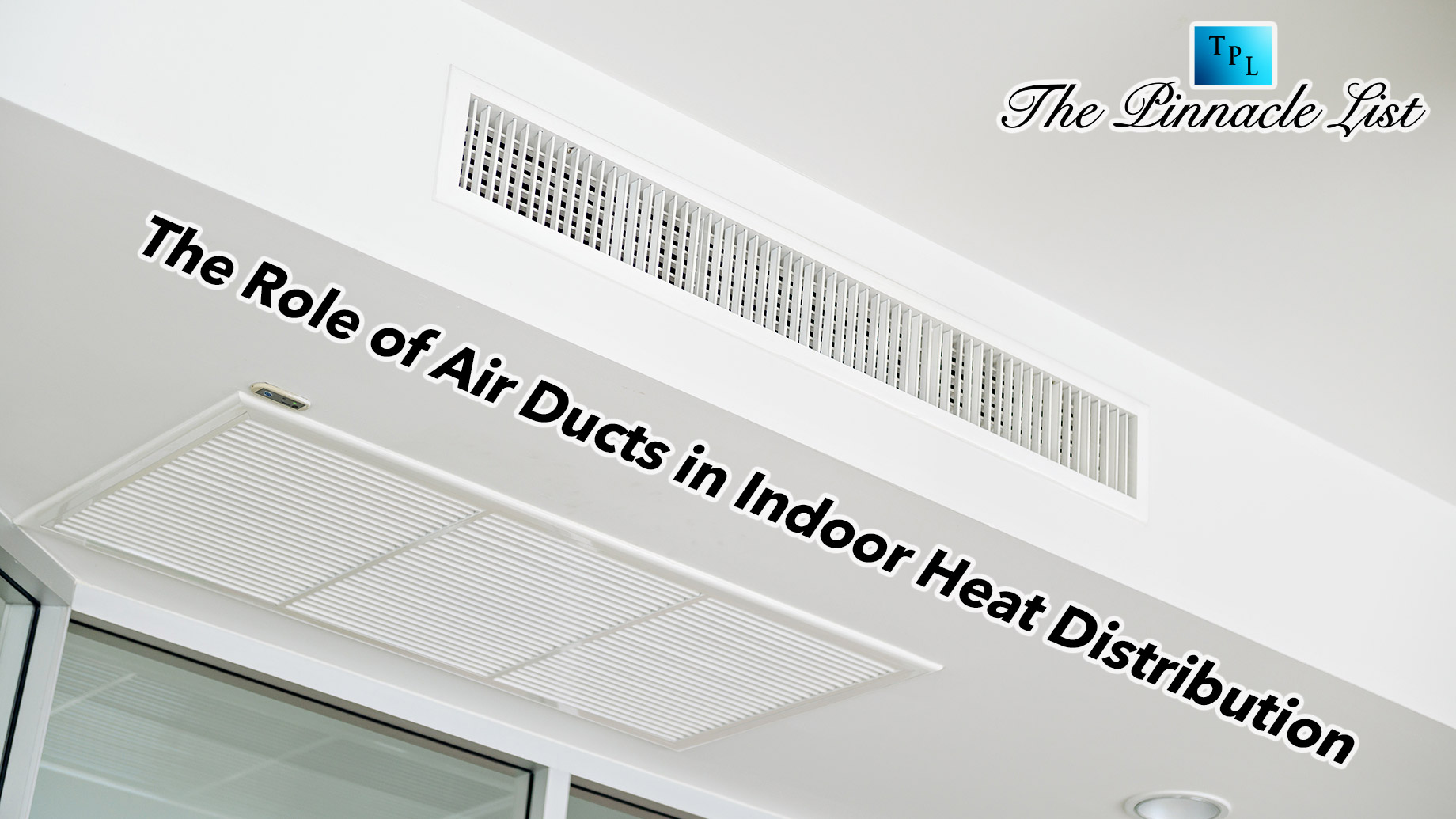
In the United States, according to the Energy Information Administration, about 90% of households use air ducts to distribute heat and cool air in their heating, ventilation, and air conditioning (HVAC) systems. Clean air ducts are critical to the efficiency of these systems. Research shows that dirty air ducts restrict airflow, which can increase energy use by up to 30%. They also degrade air quality and promote the build-up of contaminants. Regular maintenance can prevent these problems and extend the life of the HVAC system.
That’s why clean air ducts are so important
Clean air ducts are crucial to the efficiency of an HVAC system. Dirty air ducts impede airflow, forcing the system to work harder and increasing energy consumption. In addition, dirt and impurities can degrade air quality. Regular duct cleaning improves air circulation and ensures that heat is distributed evenly throughout the home. This not only reduces energy consumption, but also extends the service life of the HVAC system. For optimal installation, air purification experts at Vaughan and furnace installation experts at Vaughan offer customized solutions to increase efficiency and comfort.
For an optimal installation, experts offer comprehensive solutions to improve air quality and heating system efficiency. These include HEPA filters that remove dust, pollen and allergens from the air, as well as humidifiers that add moisture during the dry winter months to increase comfort. Air purifiers eliminate pollutants and unpleasant odors, while UV air disinfects eliminate germs and microorganisms. Research shows that hundreds of thousands to millions of microorganisms can exist in a cubic meter of indoor air. These include bacteria, viruses, fungal spores, and other biological particles. According to a study published by the National Institutes of Health, up to 1.5 × 10^5 microorganisms per cubic meter of air can be present indoors, with significantly higher numbers in heavily populated or poorly ventilated spaces.
Mold: the underestimated danger
Dirty air ducts can pose an underestimated danger in many households, especially when it comes to mold growth. In HVAC (heating, ventilation, and air conditioning) systems, moisture and inadequate air circulation can easily cause mold to form, which is then distributed throughout the house via the air ducts. A study by the Environmental Protection Agency (EPA) shows that about 20% of US households suffer from humidity problems that can lead to mold growth. This mold can not only cause health problems such as respiratory complaints or allergic reactions, but can also shorten the lifespan of HVAC systems and impair energy efficiency.
One important factor in the formation of mold in air ducts is condensation. Particularly in regions with high humidity or extreme weather conditions, such as the southeastern United States, where high humidity is common, poorly maintained or outdated HVAC systems provide ideal conditions for mold growth. This is where air cleaning specialists can help by professionally cleaning the air ducts and improving the air quality. These experts use special techniques to remove both mold and other contaminants that accumulate in the ducts over time.
Wasted energy due to dirty air ducts and their impact on heat distribution
Air ducts contaminated with dust, dirt or mold obstruct the free flow of air and cause the heating system to work harder to achieve the desired temperature. This results in inefficient heat distribution, increased energy consumption and higher heating costs.
How dirty air ducts affect efficiency
When dust and debris accumulate in air ducts, the air flow rate is reduced. Research shows that HVAC systems with dirty air ducts can be up to 25-40% less efficient. This means that the system has to run longer to distribute the same amount of heat. These extended runtimes increase energy consumption and impact heating costs.
Energy loss in numbers: before and after calculation
Let’s take an average single-family home in the US that spends about $1200 per year on heating. If the air ducts are dirty and the system is operating 25% less efficiently, that would mean heating bills would increase by about $300 per year (25% of $1200). If the system is 40% less efficient, the increase in heating costs could be as high as $480 per year.
In poorly maintained homes or those that already use outdated HVAC systems, this loss could be even higher. A study by the U.S. Department of Energy showed that well-maintained and clean air ducts not only improve air quality, but also help reduce energy costs by up to 20%. In such a case, households could save $240 per year as a result of consistent duct cleaning.
Heat distribution and its costs
Dirty air ducts also affect the even distribution of heat in a building. This often leads to so-called “cold zones” where the desired temperature is not reached. Residents tend to turn up the heating system to heat these zones, which further increases operating costs. Every 1-degree increase in the thermostat can increase heating costs by about 3-5%. In a house with several “cold zones”, this can result in a significant increase in costs.